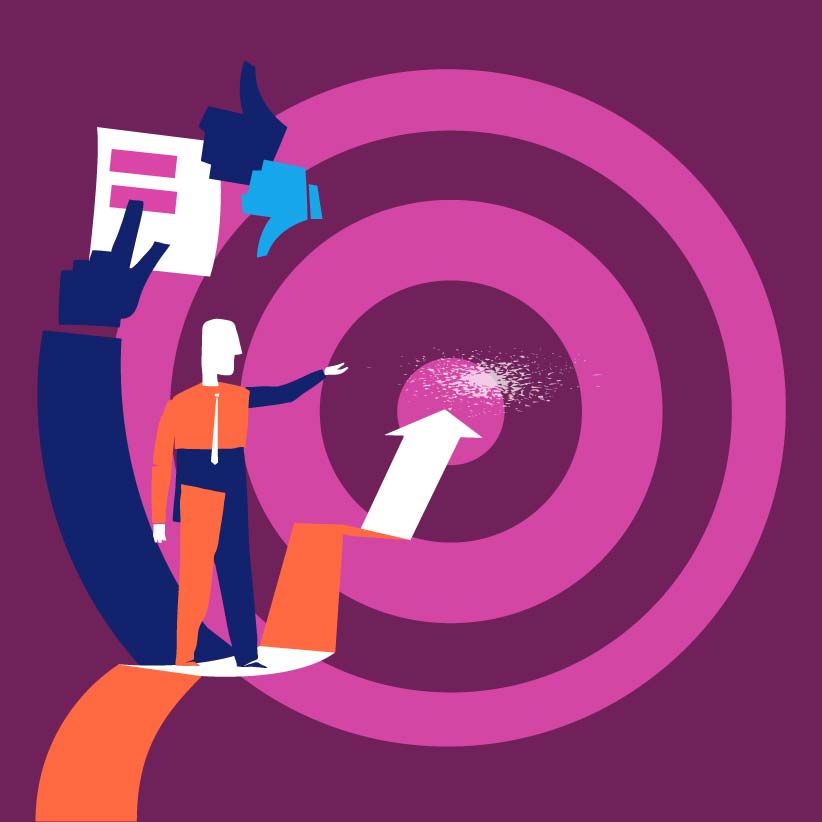Ave, Caesar, Morituri Te Salutant
The values and sensations that used to be conveyed through the physical characteristics of the medium should not be replaced by a void now.
Aporte Destacado
- Comments:
- 0
- Votes:
- 0
- ES
With Ana Yago, creative director of Sanserif Creatius
Although it is generally believed that this sentence was pronounced by the gladiators before the circus show begun, we only have records of its usage during the celebration of the naumachia (naval combat) in honor of emperor Claudius. And it was not even the gladiators that said it, but rather those who where sentenced to death.
Such misperceptions abound in history. At present, the phrase is used with a sarcastic or dramatic tone when one is about to take a risk and unsure of success. So let us use this ritual pronouncement today which the gladiators supposedly addressed to the emperor before the fight.
Today we know that paper is neither the best not the fastest means of communication, but it is an ideal medium to communicate “values” that cannot be attained by other formats. The type of paper, weight, the selected ink, and so on. At times, these convey as much or even more than the contents themselves.
We said the same about books. Even of commercial catalogues. Nevertheless, we need to be conscious of the fact that as designers, our livelihood is determined by the public and the audience has not given us the thumbs down. I wish they had, this would have forced us to drop our weapons to the floor.
The masses have left their thumbs in a horizontal position and with a series of movements aiming at the body have signaled the point where we are to deliver the fatal blow. There is no turning back, society has decreed the death of paper as the universal means of expression. And this is not a misperception. We just need to take a look around us to know this is true.
Newspapers are closing down, or they appear less in the streets. Others have become a weekend-only routine. Each day an increasing number of eyes gaze at the screen rather than the paper. Some are investing in infographics to try to keep their heads above water. Others think salvation will be found in making them more like magazines, reducing their contents to include more pictures and insubstantial texts as a way to connect with a younger audience. Sad, but true. The only reality is that “readers” are dying, and the recovery rate is very low.
Some of the major papers worldwide are investing in their online presence. Some even estimate they could keep their newsrooms afloat with the advertising feeds in this new space. They are fooling themselves. A newspaper is an enterprise that has to be profitable, not just keep its staff employed. Particularly when such staff are unprepared to face a technology that has overhauled the field.
What the situation calls for, is not journalists or infographic designers, or programmers, but Renaissance men and women with a holistic grasp on the news item, capable of picturing it in the page with its telegraphic text peppered with drawings, graphics and tables… as a whole, one that can be taken in in less than a minute. All of it done in a single day, and rehashed at least twice or thrice so the company can make a profit.
This is not science fiction, but something that was already in the air of the mass media ten years ago… At the time they called it journalist-ENG, which meant shrinking filming teams to a single professional. Only one salary, the same productivity.
When this model was impossible to update, they moved on to laying off staff, shutting down branches and contracting production companies… to cut costs and maintain the system, since neither the management or the players were, or are, capable of adjusting to the new reality.
Even today there are those who insist that the journal, the book, the sales catalogue, have not and will not become extinct, regardless of the Internet and the saturation of audiovisual media. And holding on to this fantasy, we dare claim that the printed newspaper will not disappear either… let alone the online one.
Amazon seems determined to bring us out of our slumber… it has just launched its second-generation electronic reading device—Kindle 2—offering a smaller size, and larger memory. Already there are over 230,000 books available in this format, as well as numerous newspapers and magazines, 1,200 blogs. We can see exclusive content by authors like Stephen King.
Another company is fighting the almighty Amazon for this turf. It is Plastic Logic, who designed a device that uses ultra-fine electronic paper and a larger screen. It challenges Amazon by offering a colour screen instead of the limited black and white, and the ongoing automatic download of contents. Its main target is the market share of newspaper readers.
The values and sensations that used to be conveyed through the physical characteristics of the medium should not be replaced by a void now. But the audiovisual medium has yet to adapt its features to fill it. Thus, the baton has been passed to sound and movement. So the takeover of paper by the audiovisual format is complete. Otherwise, we are simply losing in this transition.
The transition has to go beyond not printing. Beyond being able to access the information from any place, as if the space and the rest of the senses did not matter. Paper cannot disappear just for the sake of economic or financial reasons. If this happens, we will have embarked on a one-way journey to the most absolute sensory incapacitation.
Only we, the designers, can put the brakes on this cultural catastrophe. It is our duty to exploit each and every one of the advantages of paper to transform it into a vessel of sensation. Into a product with added value. And this requires that we break free from the classical rules of publishing, of the rigid composition scheme of text and columns… so we can make the contents it holds attractive… To oppose the void generated by the constant movement, the noise and the vertiginous swirl of images… we call upon reflection.
Silence. Paper has fallen. It begs for mercy, raising its hand. Slowly, we look up to the bleachers from the sand of the Coliseum, and we ask the audience if we should kill the defeated or not. Some hide their thumbs, ask us to put our sword back in the sheath. Others demand we plunge our blade between the clavicle and the scapula to reach the heart to make a quick kill. The choice is ours.
Impulsa tu carrera
No te quedes solo con la lectura. Descubre nuestros programas de actualización y especialización para llevar tu perfil profesional al siguiente nivel.
Ver Oferta AcadémicaComparte
Por favor, valora el trabajo editorial utilizando estos enlaces en lugar de reproducir este contenido en otro sitio.

Topics covered in this article
What do you think?
Your perspective is valuable. Share your opinion with the community in the discussion.
Comment now!



